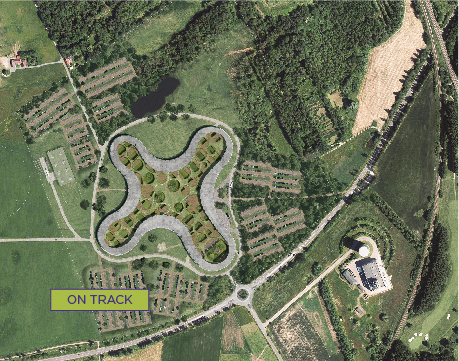In 1984, the evidence-based healthcare design researcher Roger S. Ulrich, now Professor in the Department of Architecture and Centre for Healthcare Architecture at Chalmers University of Technology, was able to demonstrate[1] how the presence of a window in a hospital bedroom, if open to a natural outdoor space, had beneficial effects on its residents. The 23 patients who were assigned this type of room were not only discharged earlier than the other 23, who had the same surgical and postoperative course but had been housed in a room with the window facing a brick wall, but they even had fewer complaints to the nurses who had been caring for them.
The test highlighted how much the presence of natural elements in places dedicated to care could be instrumental in reducing postoperative recovery time as well as the overall physical and psychological health of not only the patients but also the health care staff.
[1] Roger S. Ulrich, View through a window may influence recovery from surgery, Science, New Series, Volume 224, Issue 4647 (Apr. 27, 1984), 420-421.
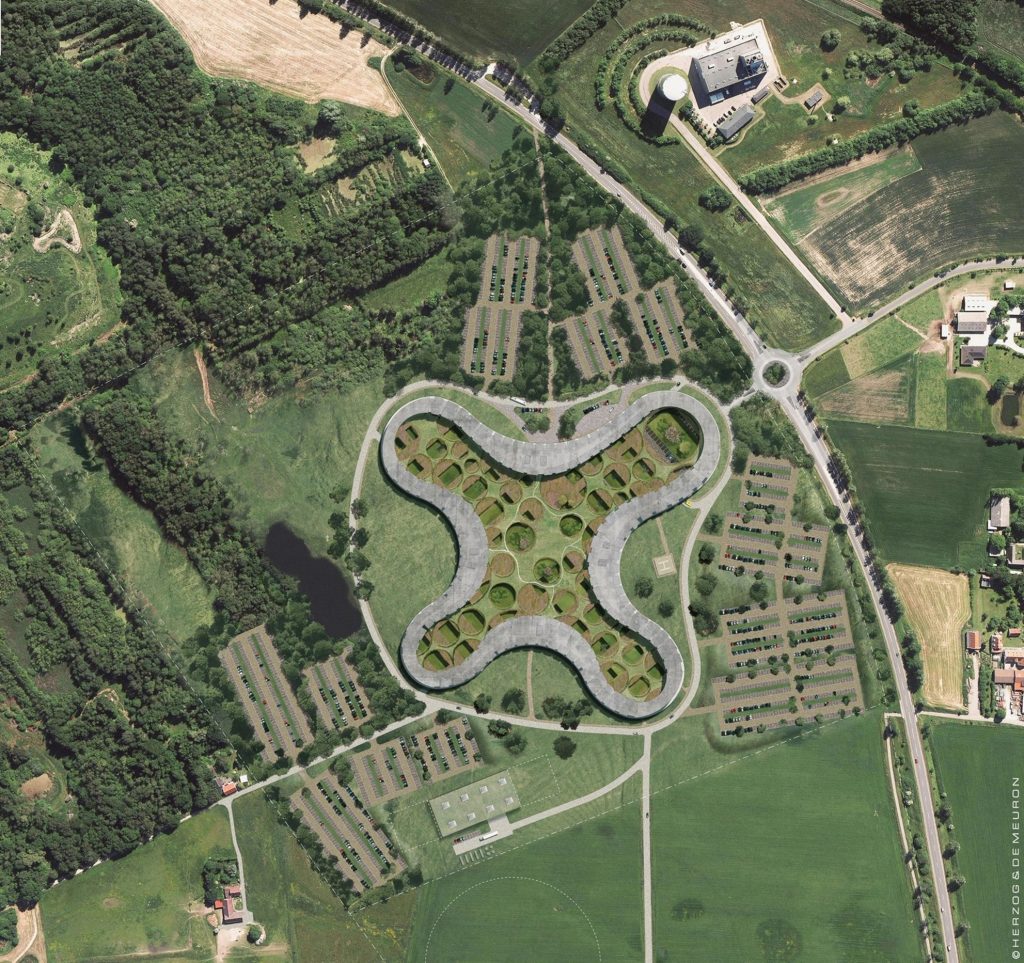
Ulrich’s is one of the macro-theories proposed in the 1980s within which studies conducted in recent decades on the effects of nature on the mental and physical health of human beings can be inscribed.
In their most recent publication, Jenny Roe and Layla McCay identified the three theories from which scientific studies related to the human-nature relationship are driven: the SRT, ART and Biophilia. The Attention Restoration Theory, proposed by Kaplan in 1989, argues that our responses to natural stimuli primarly cognitive; the Stress Reduction Theory, whose promoter is Ulrich himself, suggests, on the contrary, a first implication of emotional aspects; and Biophilia, as described by Wilson in 1984, that argues human beings have an innate need to connect with natural world (Roe 2021, p. 20).
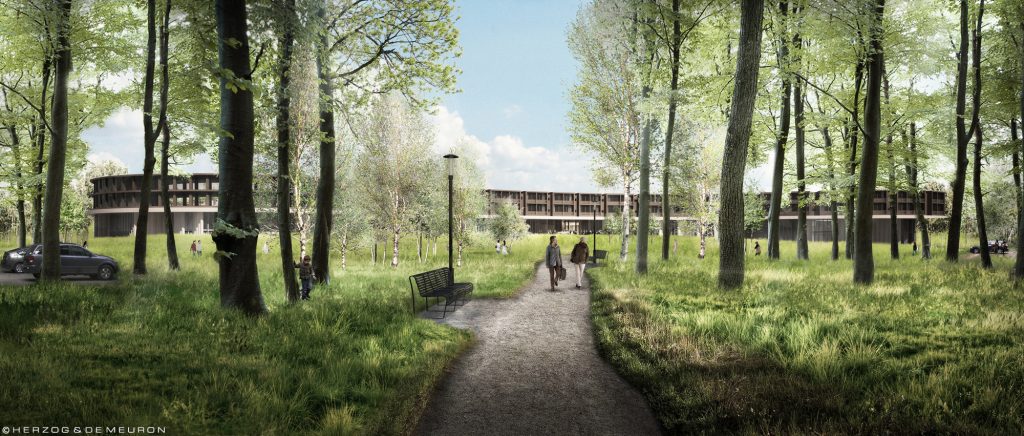
Whatever processes, whether biological, emotional or cognitive, underlie the relationship we have with nature, they all seem to agree by now on the strong influence this has on well-being. Studies show that it acts positively on dementia, autism, social cohesion, attention deficit, schizophrenia and other psychotic disorders in addition to those biochemical mechanisms. Moreover, it may reduce inflammation, increase vitamin D levels, and provide immunoregulatory benefits. (Roe 2021, p. 25)
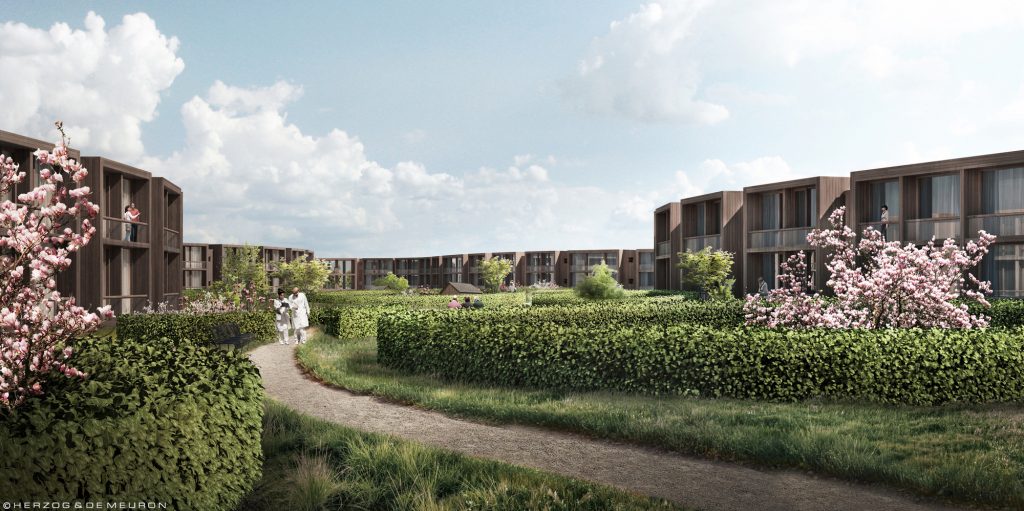
Even architecture and urbanism seem to have become aware in recent decades of the beneficial contribution nature makes to the mental and physical health of our bodies.
The international competition launched by the New North Zealand Hospital in Hillerød, north of Copenhagen, in which Jaque Herzog, Pierre de Meuron, and Vilhelm Lauritzen Architects participated and won in 2014, offered them the chance to confront a challenge that was anything but simple: overcome conventional operational borders in order to open up to a type of healthcare design that could treat nature as a constitutive architectural and experiential pattern and not merely as a decorative complement.
The hospital is surrounded by nature and contains a garden in its center. The horizontality of the building and its undulating form responds to the location of the hospital in the midst of the wide Danish landscape. A horizontal building is an appropriate building typology for a hospital, because this fosters exchange: across the various departments, the employees work on a shared goal: the healing of the ailing human being. The new hospital shall overcome conventional operational borders. The tall hospitals of the last decades, with their functionalist language, have rarely achieved this goal.
Herzog & deMeuron
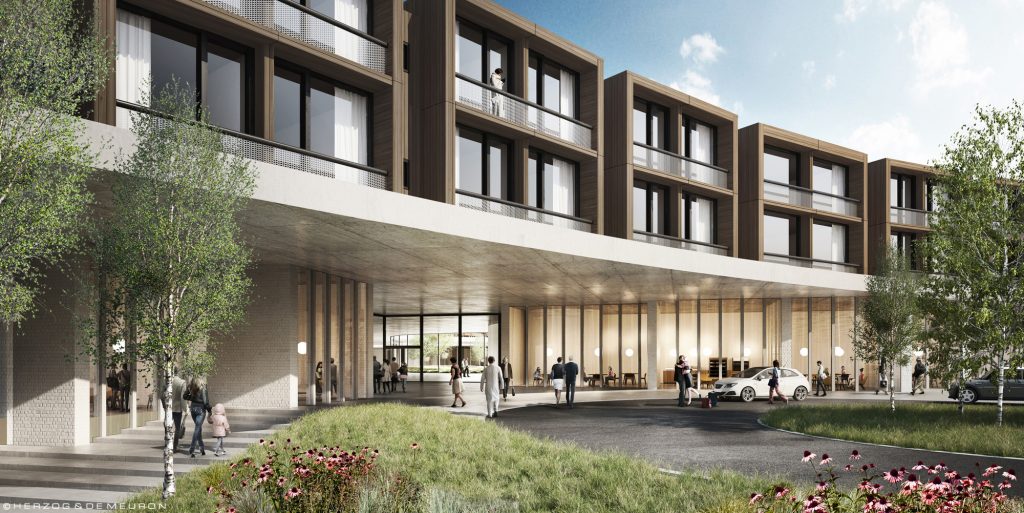
The competition involved the design of one of Denmark’s largest hospitals. A pharaonic work consisting of 24 pavilions and 660 beds totaling 124,000 square meters.
The proposed project stems from a desire to bring to the human scale a building that functionally and structurally could escape it. To do so, the designers decided to use certain architectural devices that usually do not belong in this type of space: the horizontality, the fluidity of curves, an indoor garden, and the use of natural materials such as wood.
Viewed in section, the arrangement of the functions is simple: two floors for examination and treatment form a pedestal upon which a two-story ribbon of wards is placed along the perimeter, forming the large central garden. In the pedestal, on both levels, connections to the outdoors are created in various ways. Courtyards provide daylight and vistas, and ease orientation. Large connected areas, the repetitive arrangement of the interior courtyards, and uniform room sizes offer a high degree of flexibility. Later changes of functions can be easily realized.
Herzog & deMeuron
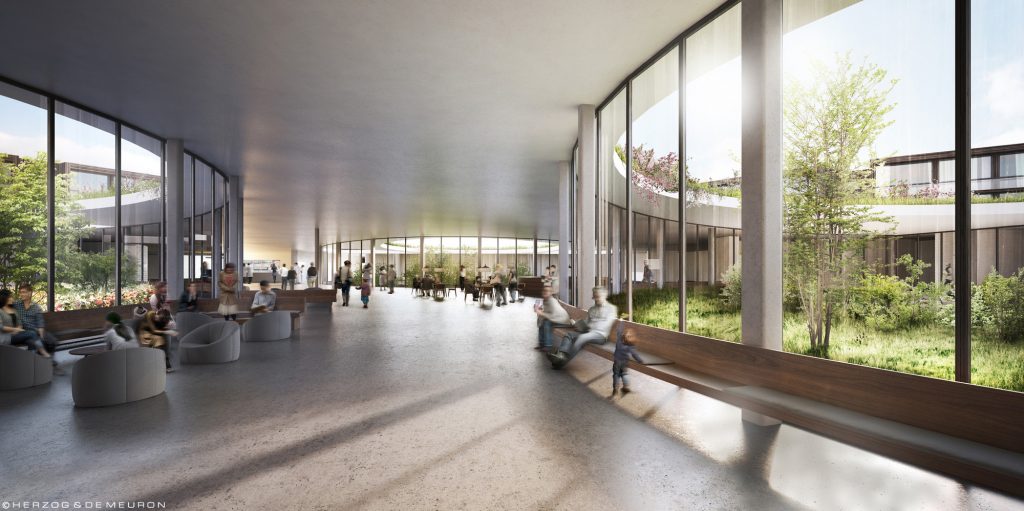
Nyt Hospital Nordsjælland, scheduled for completion in 2024, will host a controlled inside and wild outside nature, able to provide a degree of protection and at the same time a great sense of freedom. The patient dwells in trees (the use of wood accentuates this feeling). On these he feels protected but is also able to have a broad view of the panorama around him to enjoy its benefits. The basement, an expression of belonging to the community, is contrasted, in turn, by the private garden of the rooms, which is more intimate and cozy.
The landscaping concept consists of two typical Danish landscape typologies. A forest park with clearings for parking lots surrounds the building, while the central garden is Heathland. Circular hedges inhibit views into the pedestal and create the path network of the garden.
HERZOG & DEMEURON
Bibliografia
Inghilleri 2021 – Paolo Inghilleri, I luoghi che curano, Raffaello cortina Editore, Milano 2021;
Hollander 2021 – Justin B. Hollander, Ann Sussman, Urban experience and design. Contemporary perspective on improving the public realm, Routledge, New York 2021;
Roe 2021 – Jenny roe, Layla McCay, Restorative cities. Urban design for mental health and wellbeing, Bloomsbury Publishing, London-New York-Dublin 2021;
Moneo 2015 – Rafael Moneo, Inquietudine teorica e strategia progettuale nell’opera di otto architetti contemporanei, Mondadori Electa, Milano 2015;
D’Onofrio 2003 – Alessandro D’Onofrio, Herzog & deMeuron. Anomalie della Norma, Edizioni Kappa, Roma 2003.
[1] Roger S. Ulrich, View through a window may influence recovery from surgery, Science, New Series, Volume 224, Issue 4647 (Apr. 27, 1984), 420-421.

